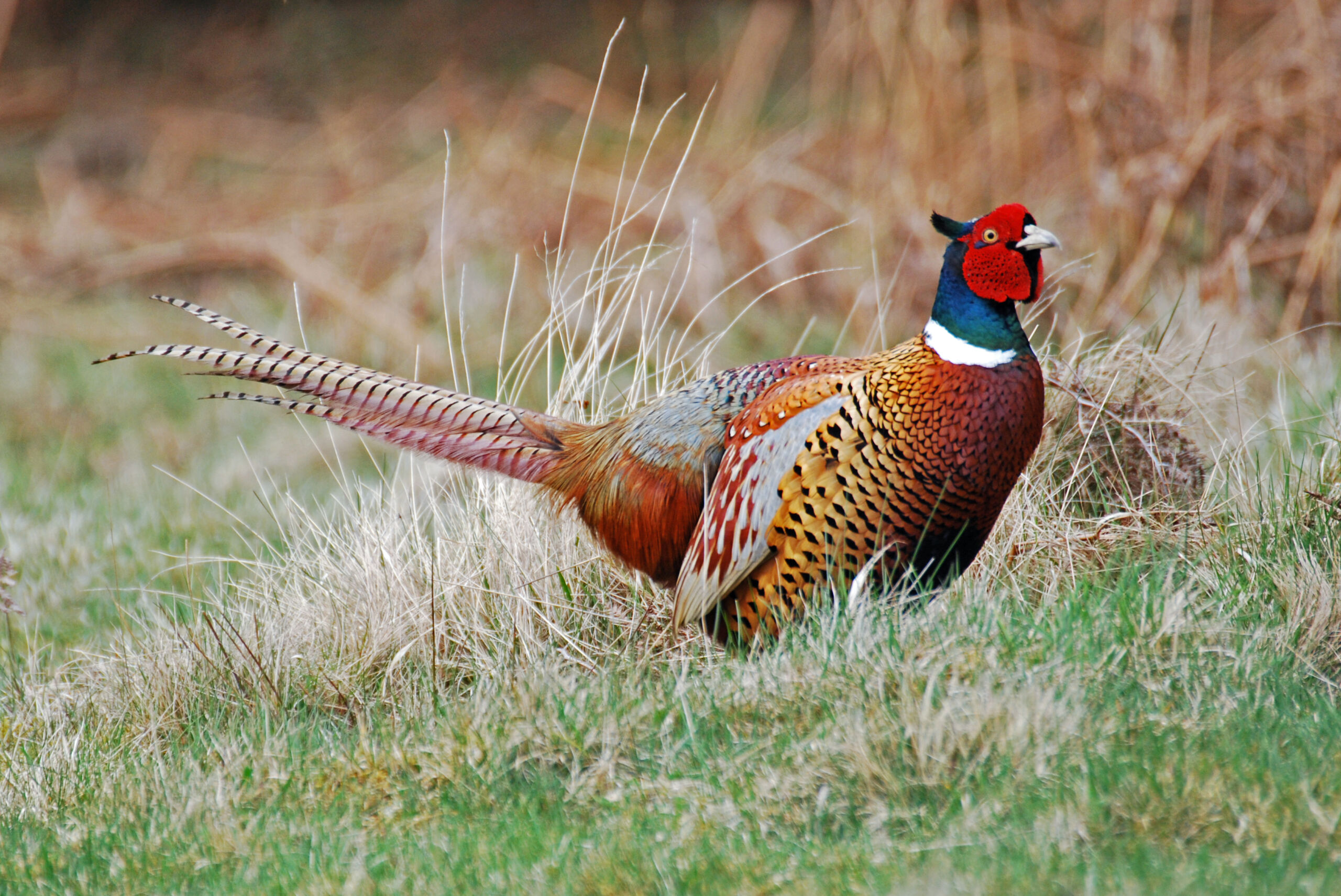It's pretty easy to link humans' intelligence to our success as a species. Things like agriculture, building cities, and surviving in harsh environments require a large collection of mental skills, from good memory to the ability to communicate and work together. But it's often less clear what role intelligence plays in species with less obvious mental capabilities. In many cases, it's hard to even measure mental capacities; in other cases, it's hard to guess which capacities might improve survival.
A new study looks at a bird species that doesn't have much of a reputation for braininess: the pheasant. But the researchers behind the study find that pheasants have substantial differences in spatial thinking, and some aspects of that spatial capacity make a difference when the birds are released into the wild. Those birds that do well with navigating a complex maze adopted a larger home territory and did better at avoiding being eaten. And, almost as an accident, the study finds that the birds tend to get eaten more often when they wander out of familiar territory.
Can’t outfox the foxes
Parrots and corvids have reputations as the brainiacs of the bird world. Pheasants, not so much. But they do have advantages for the study of mental abilities. They're easy to raise in captivity, where they can be given various tests, and will adjust easily if released into the wild. They're also big enough that it's easy to attach tracking devices to see what they're doing after they've been released.
For this study, the birds were subjected to three different tests of their mental abilities. One was simple, testing their ability to associate a specific color with a food reward. Another involved navigating a complex two-dimensional maze to get access to food, which engages both visual and memory systems. And finally, they were put in a chamber with four exits and a single piece of food in each exit. This taxed visual working memory for the birds to know which exits they've already retrieved food from.
Once the birds had been tested for these mental capabilities, they were fitted with trackers and released into the English countryside. Of the 126 pheasants released, 45 fell victim to attacks by predators within the four months of the experiment—the local fox population taking the blame in all cases.
Once the four months were up, the researchers analyzed the location data and checked for correlations with the mental capabilities the birds had shown earlier.
Home on the range
The positional data was dense enough that it was easy to identify the "home range" adopted by each animal—the area in which a pheasant spent the majority of its time. It's also clear how spatial abilities might influence the home ranges that animals adopted. But performance in two of the tests wasn't correlated with anything the researchers looked at. The exception was navigating the maze, where ability correlated with the size of the home range: those animals that performed well tended to have larger home ranges.
This wasn't a matter of these birds simply traveling farther. The distance they traveled outside this home range did not correlate with performance in any spatial tests.
The clearest result came when the researchers looked into where animals died due to predation: Most of these instances took place outside the home range. There was no indication that this is because birds adopted their home ranges in a way that avoided dangerous locations. In many cases, the deaths occurred in a location that was both at the periphery of one animal's range (the dead one) but in the middle of the range of a second. So it appears this effect was related to how birds responded once at risk of predators, rather than their ability to avoid them in the first place.
Avoiding being eaten correlated with high performance on two of the tests: the maze navigation and the multiple-exit test, which challenged visual working memory. Birds that performed well on both tests were least likely to get eaten, even though they also had the most area within the periphery of their home ranges (because said ranges were large). Performing well on just one of the two tests left birds at greater risk of being eaten, while (oddly), birds that performed poorly on both were also more likely to avoid predators.
Brains and evolution
There are a couple of caveats here that are potentially important. The first is that other researchers have done similar experiments with other birds and haven't always gotten results that are consistent with these. The second is that, were they raised in the wild, the animals would have spent some time with their parent and might have learned something about predator avoidance during this time.
Assuming that the results apply to wild birds, however, this suggests there is a significant advantage to having a home range. It's not clear whether that's because familiarity allows birds to have heightened vigilance in areas that predators frequent or because they can better use the landscape to escape once a predator attacks.
There's also some evidence that spatial cognition skills in pheasants are weakly heritable, suggesting that predation could apply an evolutionary selection to this trait. This doesn't mean a selection for general intelligence, as spatial reasoning is only a small component of that. But at least on this one measure, this provides a hint of how evolution can select for intelligence.
Nature Ecology & Evolution, 2023. DOI: 10.1038/s41559-022-01950-5 (About DOIs).


